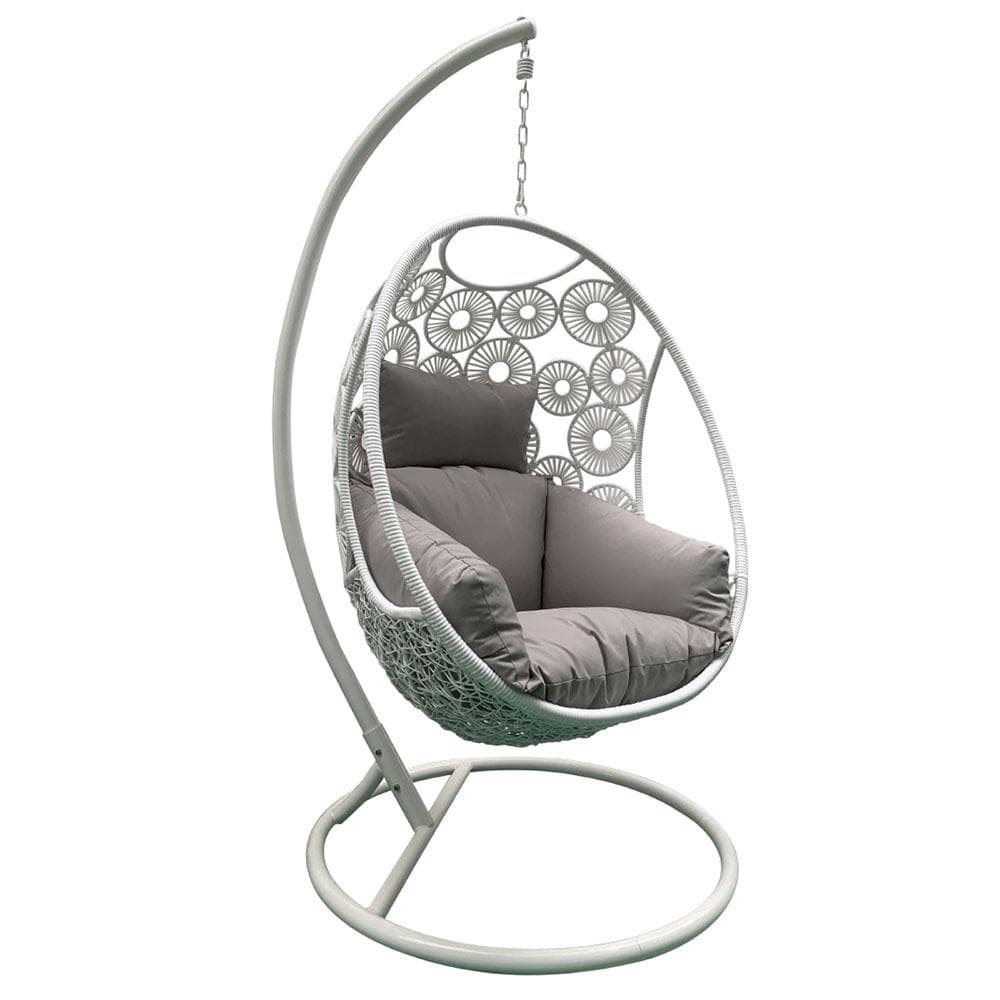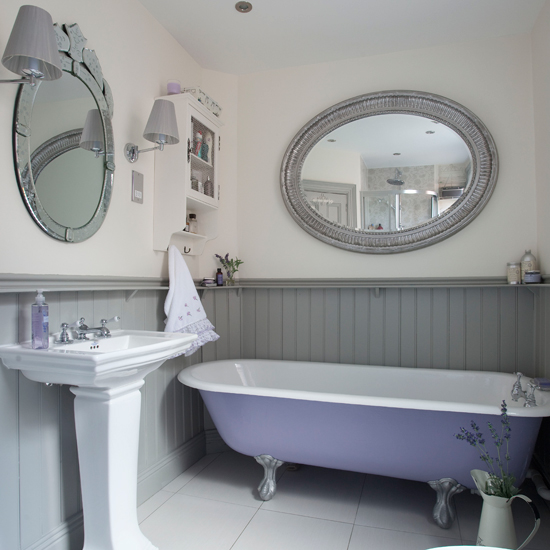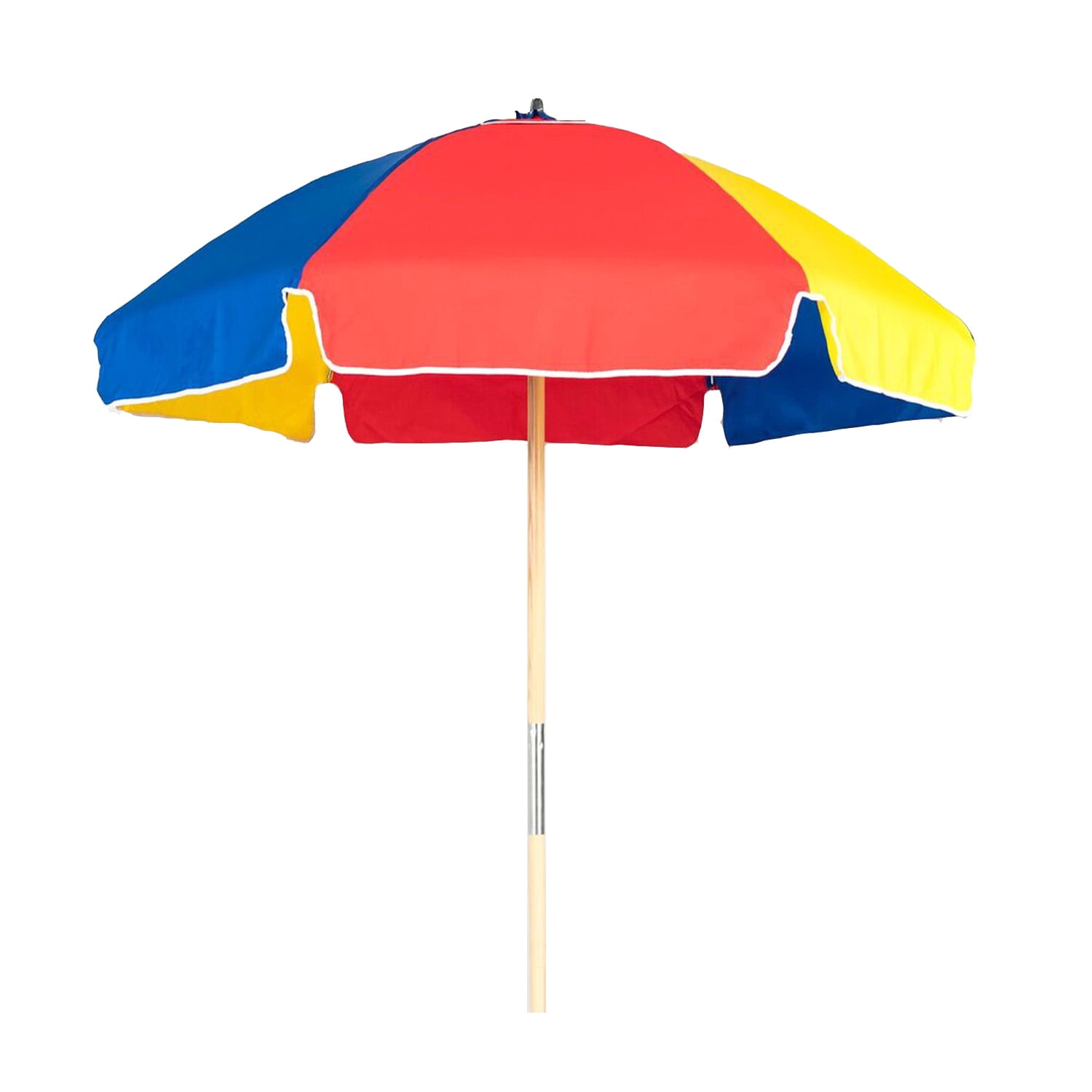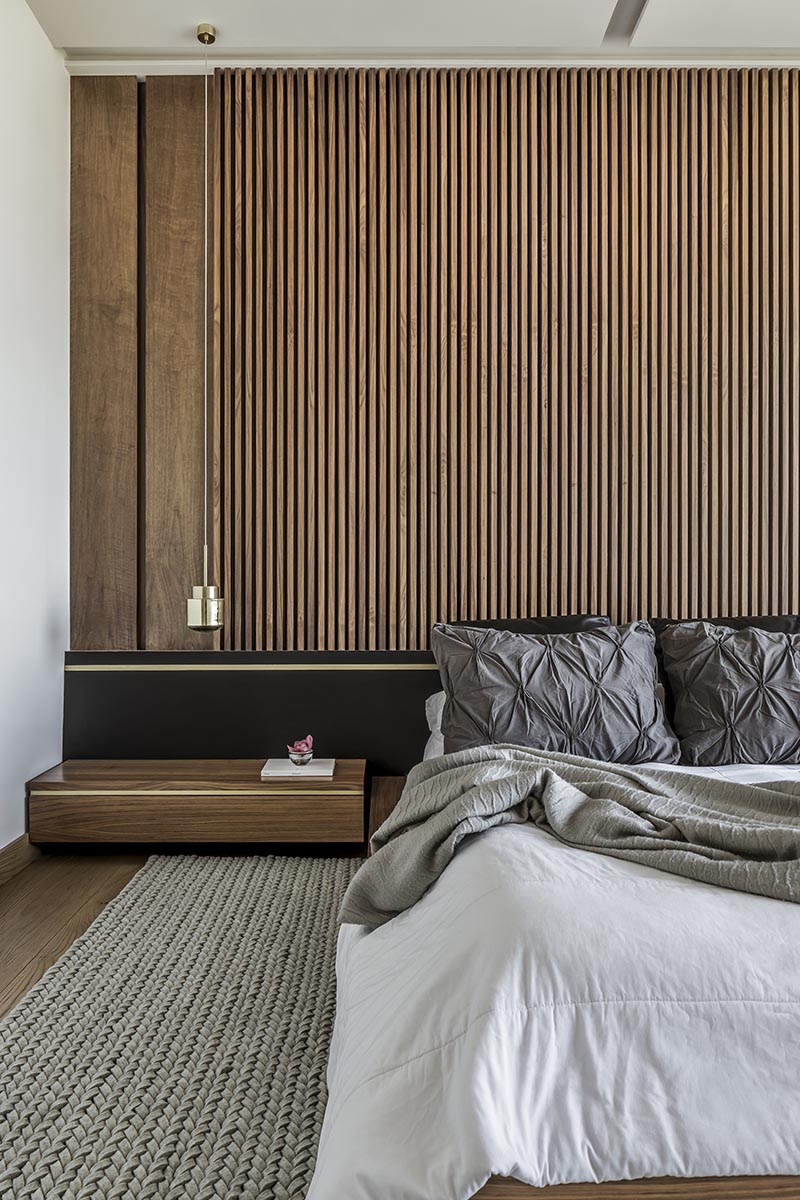Viburnums have been popular in australia for decades as a screening plant. Screen, hedge, small feature tree, patio pot plant.
Garden Screening Plants, Plants have always been used to create shelter, offer privacy or screen out unwanted views, define boundaries and divide the space within. Here are some kinds of garden screening you can apply in your backyard or garden:

They are one of the few trees you can plant in groups to make an effective screen. Available in a range of styles, from thatched or bark, there is a look that suits nearly all gardens. Unlike privacy fence garden wall is very stable, increasing the value of the property and can even be used as a wall of the outdoor kitchen. Or create a green fence, edge a path or driveway or divide up your garden with hedging plants and edging plants.
Maybe the house next door overlooks your outdoor setting or maybe you just want to establish zoning in your backyard.
Adorned with big white egg like flowers in autumn and winter. Most types, prefers well drained. Plants are a great garden screening solution, and there�s more to planting for privacy than a row of towering conifers. It’s the perfect way to cover up an old fence or create a section of your garden for relaxing in. Although you could install large, evergreen screening plants by planting them further apart originally, planting a deciduous hedge is our favorite method. Certain types of clematis (marked group 3 on the plant label) will cover a trellis or pergola in quick time too if you cut the ends back in early spring to encourage thicker growth.
 Source: pinterest.com
Source: pinterest.com
2.5m high x 2m wide. Horsetail grass is one of the most popular ornamental grasses and a good screening plant. Plants are a great garden screening solution, and there�s more to planting for privacy than a row of towering conifers. Viburnums have been popular in australia for decades as a screening plant. Full sun to part shade.
 Source: thegardenglove.com
Source: thegardenglove.com
Hedging shrubs and climbers are ideal for adding privacy to a garden space. Adorned with big white egg like flowers in autumn and winter. Certain types of clematis (marked group 3 on the plant label) will cover a trellis or pergola in quick time too if you cut the ends back in early spring to encourage thicker growth. Although you.
 Source: merrifieldgardencenter.com
Source: merrifieldgardencenter.com
Full sun to part shade. The garden wall usually costs more, it is worth the investment anyway. A row of malvaviscus or sleeping hibiscus makes a wonderful screen. Bamboo, last but not least, is among the plants for screening that enjoy tremendous popularity. Most types, prefers well drained.
 Source: tlcgarden.com
Source: tlcgarden.com
Our most popular plants used for screening are: However horsetail is invasive and you need to be careful to prevent it occupy the whole garden. Bamboo, last but not least, is among the plants for screening that enjoy tremendous popularity. Turn a bare, unsightly wall into a beautiful feature with our range of screening plants. People plant trees and hedges.
 Source: omglifestyle.com
Source: omglifestyle.com
Most types, prefers well drained. Available in a range of styles, from thatched or bark, there is a look that suits nearly all gardens. What is the best garden screening? Able to provide you with the privacy you�re looking for, it grows up to five metres tall. Screening plants are an excellent choice for those who want natural, attractive, and.
 Source: centenarylandscaping.com.au
Source: centenarylandscaping.com.au
Transform your garden into a tropical paradise with a bamboo garden screening! Viburnums have been popular in australia for decades as a screening plant. Getty) cherry laurel the plant is originally founded in the southeastern us and is an evergreen shrub. Its attractive red growth can also make it a good focal point for your garden. Or create a green.
 Source: homestolove.com.au
Source: homestolove.com.au
What is the best garden screening? Does not require special soil conditions and grows quite fast. Transform your garden into a tropical paradise with a bamboo garden screening! Set smaller plants 4 feet apart, larger ones 5 to 6 feet apart. Or create a green fence, edge a path or driveway or divide up your garden with hedging plants and.
 Source: pinterest.com.au
Source: pinterest.com.au
Maybe the house next door overlooks your outdoor setting or maybe you just want to establish zoning in your backyard. Plant large containers with bamboo. Adorned with big white egg like flowers in autumn and winter. These are our favorite garden screening plants: A row of malvaviscus or sleeping hibiscus makes a wonderful screen.
 Source: instanthedge.com
Source: instanthedge.com
Our most popular screening trees and shrubs for privacy include bamboo plants, photinia red robin as shrubs or trees, laurels such as prunus laurocerasus or prunus lusitanica for hedging, ligustrum trees and shrubs, leylandii for hedging, evergreen oak as trees or shrubs, holly varieties such as ilex aquifolium or ilex cornuta for hedging, magnolia grandiflora full. Here are some kinds.
 Source: pinterest.com
Source: pinterest.com
What is the best garden screening? Certain types of clematis (marked group 3 on the plant label) will cover a trellis or pergola in quick time too if you cut the ends back in early spring to encourage thicker growth. Viburnums have been popular in australia for decades as a screening plant. A row of malvaviscus or sleeping hibiscus makes.
 Source: diyselfy.blogspot.com
Source: diyselfy.blogspot.com
Hedging shrubs and climbers are ideal for adding privacy to a garden space. Plant large containers with bamboo. Screening plants use screening plants as living screens to provide privacy from the neighbours, to hide fences or to divide areas into garden rooms. Set smaller plants 4 feet apart, larger ones 5 to 6 feet apart. Whatever the problem, you can.
 Source: best4hedging.co.uk
Source: best4hedging.co.uk
2.5m high x 2m wide. Select plant varieties based on foliage and/or bloom colors, growth habit, sun exposure, and size suit your garden. Getty) cherry laurel the plant is originally founded in the southeastern us and is an evergreen shrub. Hardy native shrub loaded with cream flowers and cinnamon scented leaves. Especially in front gardens, bushy trees with dense foliage,.
 Source: bamboosourcery.com
Source: bamboosourcery.com
Hardy native shrub loaded with cream flowers and cinnamon scented leaves. A good choice is the viburnum tinus, a small leaf evergreen that grows to about 3.5 metres. Screening plants use screening plants as living screens to provide privacy from the neighbours, to hide fences or to divide areas into garden rooms. Select plant varieties based on foliage and/or bloom.
 Source: homestratosphere.com
Source: homestratosphere.com
Some, such as bamboo and grasses, are dynamic, rustling gently in the wind. Plants have always been used to create shelter, offer privacy or screen out unwanted views, define boundaries and divide the space within. Select plant varieties based on foliage and/or bloom colors, growth habit, sun exposure, and size suit your garden. Hedging shrubs and climbers are ideal for.
 Source: gardenmandy.com
Source: gardenmandy.com
However horsetail is invasive and you need to be careful to prevent it occupy the whole garden. Transform your garden into a tropical paradise with a bamboo garden screening! The main benefit of garden screen panels is to promote privacy in your outdoor areas. Adorned with big white egg like flowers in autumn and winter. Suitable plants for screening can.
 Source: thespruce.com
Source: thespruce.com
Screening plants are an excellent choice for those who want natural, attractive, and low maintenance barriers. Most types, prefers well drained. Unlike privacy fence garden wall is very stable, increasing the value of the property and can even be used as a wall of the outdoor kitchen. Garden privacy screening is the perfect solution, shielding your garden from the view.
 Source: pinterest.co.uk
Source: pinterest.co.uk
Turn a bare, unsightly wall into a beautiful feature with our range of screening plants. Hedging shrubs and climbers are ideal for adding privacy to a garden space. Screening plants grow swiftly, provide privacy, and elevate the look of a home. Transform your garden into a tropical paradise with a bamboo garden screening! Plant large containers with bamboo.
 Source: topbambooproducts.com
Source: topbambooproducts.com
Certain types of clematis (marked group 3 on the plant label) will cover a trellis or pergola in quick time too if you cut the ends back in early spring to encourage thicker growth. Some, such as bamboo and grasses, are dynamic, rustling gently in the wind. When planting next to a long fence, combine several types of plants to.
 Source: artificialplants.com.au
Source: artificialplants.com.au
A good choice is the viburnum tinus, a small leaf evergreen that grows to about 3.5 metres. Does not require special soil conditions and grows quite fast. Most types, prefers well drained. See more ideas about garden screening, garden, vegetable garden. Its attractive red growth can also make it a good focal point for your garden.
 Source: diygarden.co.uk
Source: diygarden.co.uk
Does not require special soil conditions and grows quite fast. Screening plants grow swiftly, provide privacy, and elevate the look of a home. It protects against the cold wind. Turn a bare, unsightly wall into a beautiful feature with our range of screening plants. Hardy native shrub loaded with cream flowers and cinnamon scented leaves.
 Source: thegardenglove.com
Source: thegardenglove.com
Unlike privacy fence garden wall is very stable, increasing the value of the property and can even be used as a wall of the outdoor kitchen. These are our favorite garden screening plants: What is the best garden screening? Plants have always been used to create shelter, offer privacy or screen out unwanted views, define boundaries and divide the space.
 Source: bambooplantshq.com
Source: bambooplantshq.com
Getty) cherry laurel the plant is originally founded in the southeastern us and is an evergreen shrub. Unlike privacy fence garden wall is very stable, increasing the value of the property and can even be used as a wall of the outdoor kitchen. Although you could install large, evergreen screening plants by planting them further apart originally, planting a deciduous.
 Source: pinterest.com
Source: pinterest.com
Our most popular plants used for screening are: Just the thing for giving yourself more privacy, or for simply sectioning off parts of the garden, these rolls of all natural wooden screening are easy to install, and can even be cut down to your exact size. Select plant varieties based on foliage and/or bloom colors, growth habit, sun exposure, and.
 Source: flowergardengirl.co.uk
Source: flowergardengirl.co.uk
The main benefit of garden screen panels is to promote privacy in your outdoor areas. It’s the perfect way to cover up an old fence or create a section of your garden for relaxing in. Able to provide you with the privacy you�re looking for, it grows up to five metres tall. Select plant varieties based on foliage and/or bloom.
 Source: pinterest.ie
Source: pinterest.ie
When planting next to a long fence, combine several types of plants to break up and disguise the fence’s linearity. The garden wall usually costs more, it is worth the investment anyway. Silver birch trees silver birch also tend to have small leaves and are fairly open. People plant trees and hedges for all kinds of reasons, some purely aesthetic,.







